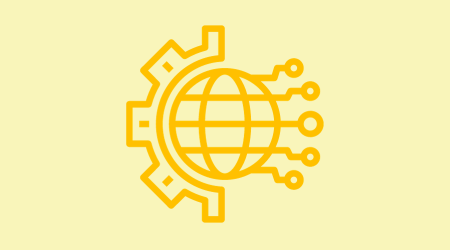Security | Threat Detection | Cyberattacks | DevSecOps | Compliance
Compliance
The Consequences of Non-Compliance in Cybersecurity: Risks and Penalties
Non-compliance in cybersecurity marks a grave oversight. It involves neglecting established security protocols, leaving organizations vulnerable to malicious actors. Read on as we examine the potential risks of non-compliance, including heightened susceptibility to cyberattacks, the specter of data breaches, and the erosion of a company's hard-earned reputation.
Navigating the AI Maze: Demystifying Artificial Intelligence and Its Misconceptions
In the world of technology, few concepts have captured our collective imagination like Artificial Intelligence (AI). It’s the promise of machines that can think, learn, and perform tasks with a level of sophistication that mimics human intelligence. Yet, the allure of AI has also given rise to a web of confusion, myths, and misunderstandings.
OMB M-21-31 Compliance Made Easy With Splunk CES
Organizational Resilience: Insights from Paul Dwyer on DORA
How to Extend Digital Transformation to GRC Strategies
With today’s dynamic cybersecurity threat landscape, governance, risk management, and compliance (GRC) can’t afford to be stuck lagging and playing catch-up. It needs to be leading the pack, ensuring organizations are compliant, protected, communicative, and driving business success.
Five hopes and fears every CISO has for AI
For almost a century, artificial intelligence (AI) has been depicted in our media. Starting with Fritz Lang’s 1927 film, “Metropolis,” and through major blockbusters like The Terminator series, “2001: A Space Odyssey,” and “Her,” these movies have all included or focused on AI’s potential impact.
PCI-DSS 4.0: What's changing and how to prepare
The way we do business continues to evolve, and with that, the requirements to remain compliant continue to evolve as well. PCI-DSS is no exception — as of March 2024, PCI-DSS 4.0 will introduce some significant changes. These differences are largely minor but could be very impactful for organizations depending on how they previously approached PCI-DSS 3.2.1.











